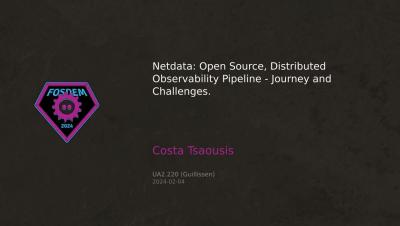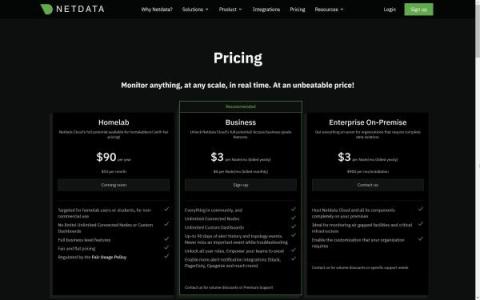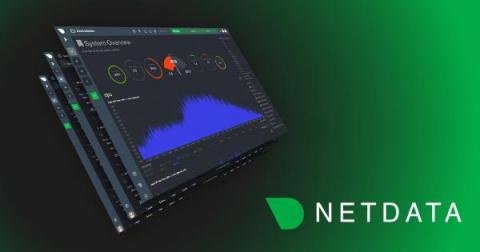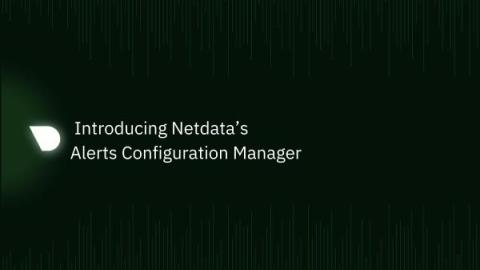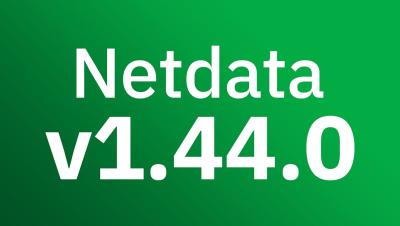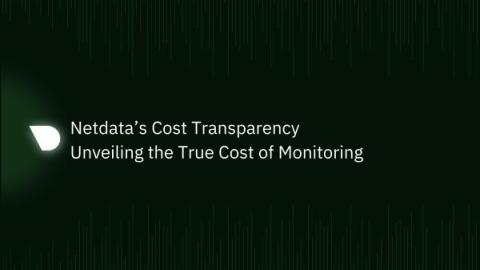FOSDEM - Costa Tsaousis: Netdata Open Source Distributed Observability Pipeline Journey & Challenges
FOSDEM - Costa Tsaousis: Netdata Open Source Distributed Observability Pipeline Journey & Challenges ABSTRACT: Netdata is a powerful open-source, distributed observability pipeline designed to provide higher fidelity, easier scalability, and a lower cost of ownership compared to traditional monitoring solutions. This presentation will offer an in-depth overview of the journey we've undertaken in building Netdata, highlighting the challenges we've faced and the innovative solutions we've developed to address them.


